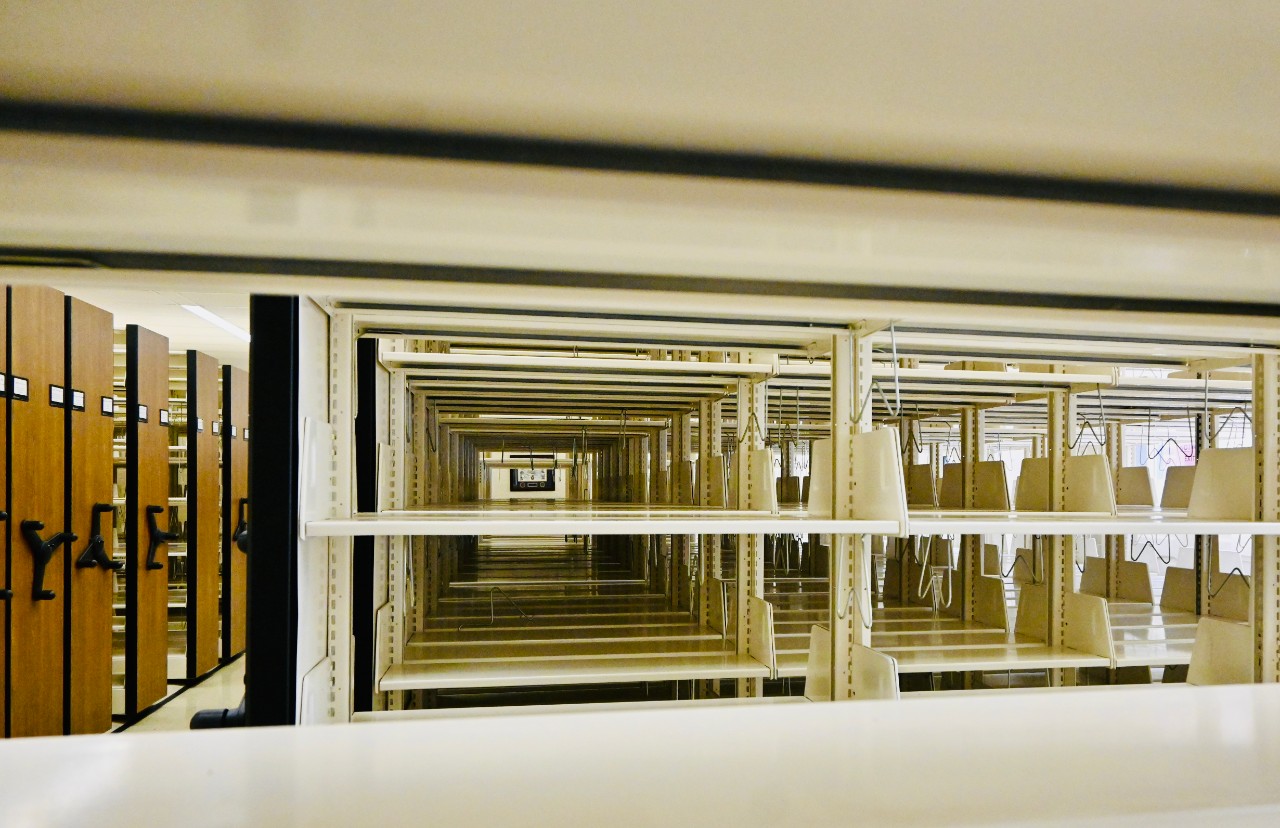
The move, initiated in May and scheduled to complete in August, has necessitated the temporary closure of its doors to the public.
According to Navy Librarian Dylan Beazer, the move and the new facility will bring key improvements.
"First, The Library staff will be more centrally located in one building. It's currently a challenge working projects with the team seated in different locations, so it will be a better working environment for us. The materials will also be more concentrated in one location, and that allows for ease of access for our patrons."
Furthermore, addressing concerns about environmental controls, Beazer highlighted the benefits of the new facility.
"This new facility will keep the Navy's books, historical documents, and other items in a long-term stable environment,” he said. “That means we'll spend less time and money on preservation efforts as they'll stay in better condition for longer. It will also allow the public and Navy historians longer access to the material for research and provide us with room for growth for our future collections. The most important thing is a better environment to control the humidity and temperature, keeping books healthier for longer. The items will also be located together and the facility will give us more room for future growth."
The library's impressive collection includes a staggering 114,000 book titles, 374,000 manuscripts, and 189,000 periodicals, with a particular emphasis on naval, nautical, and military history from around the world. These invaluable resources form the bedrock of the Navy Department Library's enduring legacy. Among its gems are historical artifacts that bring to life the rich legacy of naval heritage.
While the Navy Library collection is extensive, there are often misconceptions about its scope, Beazer said.
"The size of the collection, what it covers, and how we grow it. While we focus on U.S. naval history, we also cover other aspects of maritime history, and we have resources on the other military branches too. We grow our collection both through book buying and donations, especially regarding cruise books and unique historical items."
Established by a directive from President John Adams to Secretary of the Navy Benjamin Stoddert in 1800, the Navy Department Library has evolved into a treasured institution that holds an array of naval and maritime history, customs, and traditions. As one of the few major military historical libraries accessible to the public, it serves as a beacon of knowledge for an international audience.
Addressing access to the library's resources for its many audiences around the country and throughout the fleet, Beazer highlighted the library’s virtual resources. "The best place is on our website in our online reading room and directs users to visit the online reading room.” He also noted the photo archives are searchable, and a good portion of their collection is available online. While the library will make efforts to work on requests for information (RFIs) with their limited resources, there may not be an expectation of an immediate response.
As the Navy Department Library undertakes this historic move, its staff acknowledges the temporary inconvenience the closure poses to patrons. However, they have made provisions to ensure that the library's services remain accessible in some capacity. While the library will not be able to send out interlibrary loans (ILLs) to other institutions during this period, it will actively order ILLs for its own patrons. The staff will strive to address inquiries from the public, though they anticipate some limitations due to the relocation process.
As the Navy Department Library settles into its new location, it anticipates the opportunity to continue serving its community with enhanced access to its unparalleled collection. This historic relocation not only protects the past but also paves the way for the preservation of future naval artifacts.
The staff at the Navy Department Library remains committed to advancing the understanding of naval heritage and safeguarding the stories that shape our history.
NHHC, located at the Washington Navy Yard, is responsible for preserving, analyzing, and disseminating U.S. naval history and heritage. It provides the knowledge foundation for the Navy by maintaining historically relevant resources and products that reflect the Navy's unique and enduring contributions through our nation's history and supports the fleet by assisting with and delivering professional research, analysis, and interpretive services. NHHC comprises many activities, including the Navy Department Library, the Navy Operational Archives, the Navy art and artifact collections, underwater archeology, Navy histories, 10 museums, USS Constitution repair facility, and the historic ship Nautilus.
– NHHC –



